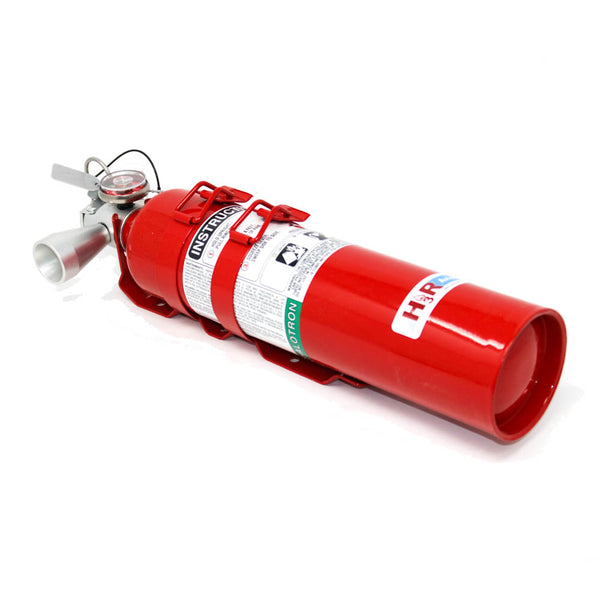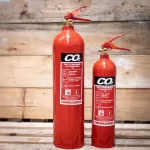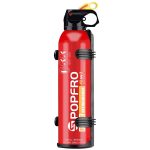When it comes to fire safety, choosing the right fire extinguisher plays a crucial role in protecting your property and ensuring the safety of everyone inside. One option that has gained significant attention is the Halon fire extinguisher. Halon is a colorless, odorless gas that effectively suppresses flames. It has been widely used in various industries, including aviation, marine, and data centers, due to its effectiveness. However, there are significant debates surrounding its use, especially concerning environmental considerations and health implications. This article explores the pros and cons of Halon fire extinguisher to help you determine if it’s the right choice for your needs.
Understanding Halon and Its Uses
What is Halon?
Halon refers to a group of chemical compounds that contain bromine. These compounds work by interrupting the chemical reaction of a fire, effectively suppressing flames. The most common types used in fire extinguishers are Halon 1211 and Halon 1301. Halon 1211 is suitable for portable extinguishers, whereas Halon 1301 is used in fixed systems. The effectiveness of Halon in extinguishing fires lies in its ability to form a protective layer over combustible materials, preventing oxygen from sustaining the fire.
Common Applications
Halon fire extinguishers are commonly used in environments where water-based extinguishers might cause damage to equipment or the surrounding area. This includes data centers filled with sensitive electronics, aircraft, and marine vessels. Halon extinguishers do not leave behind any residue, allowing for quick clean-up after use. Despite its strengths, the use of Halon has come under scrutiny, leading to regulatory changes and concerns over sustainability.
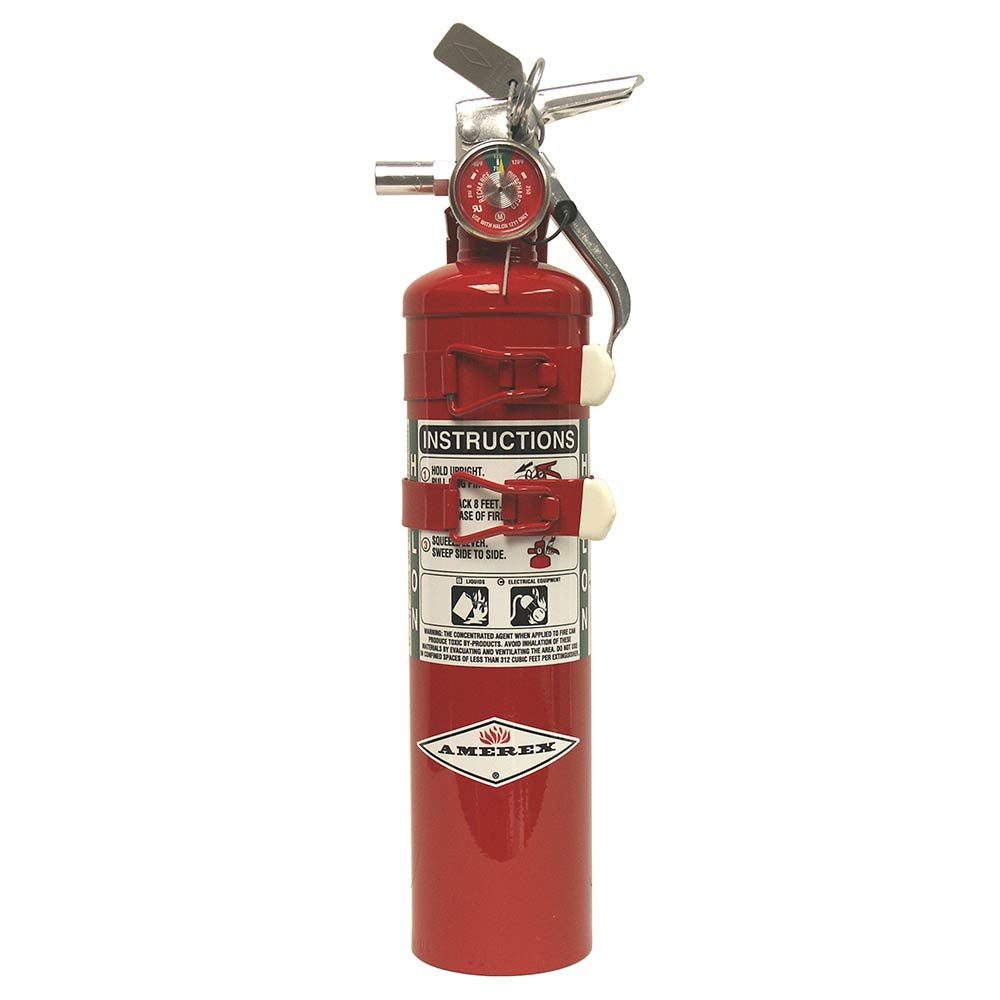
Advantages of Using Halon Fire Extinguishers
Effective Fire Suppression
One of the most significant pros of Halon extinguishers is their effectiveness against various classes of fires, particularly Class B (flammable liquids) and Class C (electrical fires). When a Halon fire extinguisher is discharged, it rapidly replaces the oxygen that fuels the fire while simultaneously disrupting the combustion process. This means that fires can often be extinguished quickly, reducing the risk of spreading and preventing significant damage.
In facilities where every second counts, such as server rooms or aircraft, having an effective suppression agent can make all the difference. The speed at which Halon extinguishers can eliminate flames makes them a preferred choice in these high-stakes environments.
Residue-Free
Another notable advantage is the fact that Halon does not leave behind any harmful residue. Users can rest easy knowing their sensitive equipment—such as computers, servers, and machinery—will remain unaffected after discharging a Halon extinguisher. This quality significantly reduces clean-up times and resources following an incident, which can be crucial in maintaining business continuity, especially in commercial settings.
Lightweight and Portable
Halon fire extinguishers are generally lightweight and easy to transport, making them convenient for various applications. Their portability allows users to quickly access the extinguisher in case of a fire, ensuring readiness. This is particularly valuable in commercial environments, where staff members may need to move swiftly to mitigate a fire emergency.
Disadvantages of Halon Fire Extinguishers
Environmental Concerns
Despite their effectiveness, Halon fire extinguishers are contentious due to their environmental impact. The production and use of Halon have been phased out under the Montreal Protocol, which aims to protect the ozone layer from harmful substances. Halon’s ozone-depleting properties sparked major concerns, leading to a significant decline in its usage globally. Therefore, while Halon extinguishers can offer immediate fire protection, they contribute to long-term environmental damage.
Due to these regulations, obtaining Halon extinguishers may become more challenging as manufacturers reduce production. This limitation raises concerns about the future availability of Halon for existing systems or users.
Health Risks of Bromine Exposure
When discharged, Halon can pose health risks due to bromine exposure. Prolonged inhalation of Halon can lead to respiratory issues and irritation of the eyes, throat, and skin. In unventilated spaces or enclosed environments, the risk increases, making it essential to use Halon extinguishers carefully. After discharge, proper ventilation is crucial to minimize health hazards, especially for individuals who might be exposed during a fire situation.
As Halon extinguishers face scrutiny for both environmental and health concerns, users should weigh these risks against the benefits when considering these devices for firefighting needs.
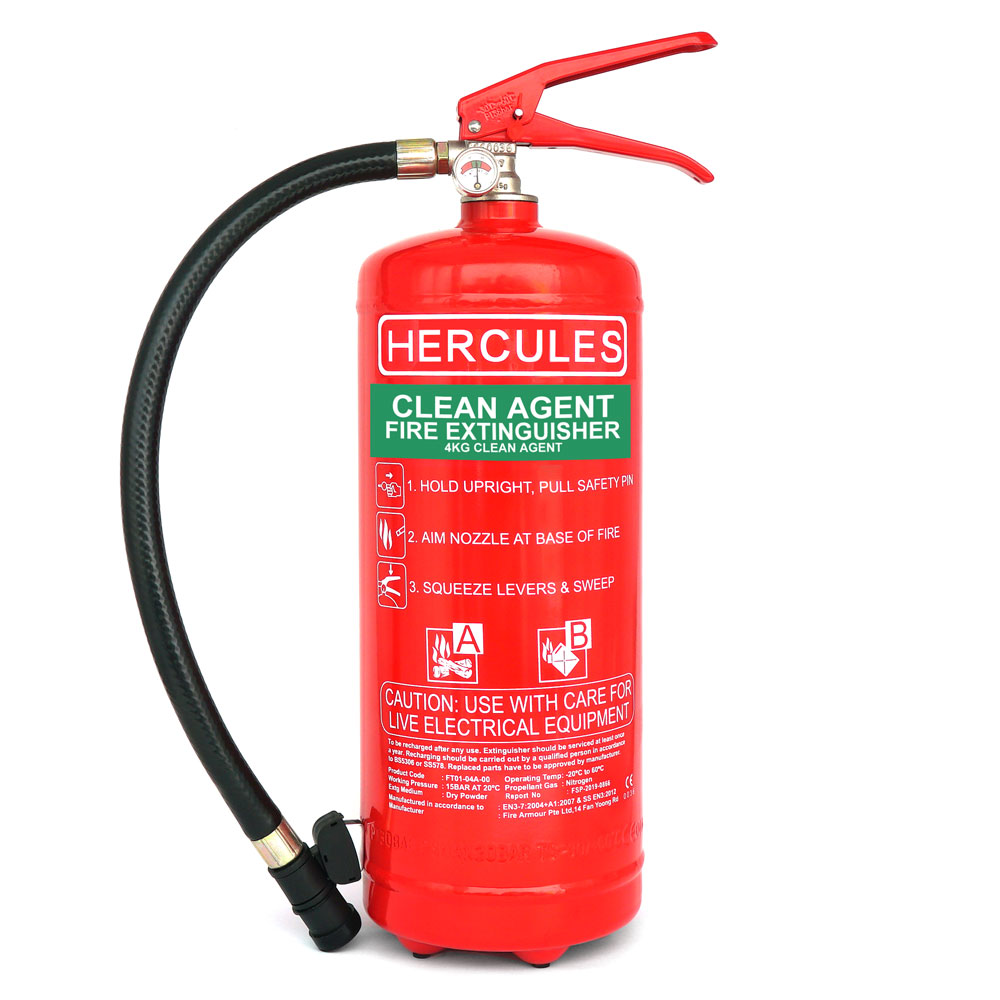
Comparing Halon with Other Fire Extinguisher Types
Water and Foam Extinguishers
Unlike Halon, water and foam extinguishers are excellent for Class A fires (combustible materials), but they may not be suitable for electrical or flammable liquid fires. Water extinguishers can cause severe damage to electronic equipment and sensitive materials. In contrast, Halon won’t damage electronic systems, making it a superior choice in environments where equipment integrity is crucial.
CO2 Extinguishers
Carbon dioxide (CO2) extinguishers also provide effective suppression without leaving residue. They are particularly suitable for protecting electrical fires. However, CO2 extinguishers may be less effective on larger fires than Halon extinguishers. Users may need to discharge multiple CO2 extinguishers to achieve the same results that a single Halon extinguisher can provide. Additionally, CO2 does not allow for as fast a response time in enclosed spaces, where adequate ventilation may become a concern.
Dry Chemical Extinguishers
Dry chemical extinguishers are effective for various fires, including electrical fires. Nevertheless, they do leave behind a messy residue that can damage equipment and require extensive cleaning. While dry chemical extinguishers are more readily available and generally more affordable, they may not suit specific high-value environments like data centers or laboratories. Here, Halon offers a unique advantage.
Regulations Surrounding Halon Use
National and International Regulations
Due to its environmental impact, Halon is highly regulated in many countries. The U.S. government, along with several international entities, has imposed restrictions on the production and use of Halon since it was identified as an ozone-depleting substance. Most new systems may no longer be permitted to use Halon, while older systems may be allowed to retain Halon extinguishers under certain conditions.
Before investing in Halon fire extinguishers, it’s essential to acquaint yourself with local laws and regulations. Ensure compliance with safety codes and understand whether your specific application allows for the continued use of Halon systems. The regulations surrounding Halon can significantly influence your decision on which fire extinguisher type will best suit your needs.
Alternatives Under Development
Because of the environmental concerns associated with Halon, researchers are continuously exploring safer alternatives that provide similar benefits without harming the ozone layer. Investigating these new agents may give you a glimpse into the future of fire extinguishing technology. While Halon may remain viable in specific applications for now, staying informed about alternatives is crucial for long-term planning.

Recommendations for Use
Determining Suitability
If you are considering Halon extinguishers, evaluate your specific environment and needs carefully. Industrial settings, data centers, and locations where delicate equipment is present often benefit from Halon’s effectiveness without residue. However, an assessment of health risks and environmental impact is vital before proceeding.
Maintenance and Training
If you decide on Halon extinguishers, ensure regular maintenance checks are conducted. Servicing should include checking the pressure gauge, inspecting for damage, and ensuring proper functionality. Proper maintenance helps ensure your system will work correctly when needed the most.
Additionally, training staff on extinguishing techniques, fire response procedures, and how to use Halon properly can enhance safety in case of an emergency. It helps reduce panic and ensures everyone knows how to respond effectively.
Is Halon Right for You?
In conclusion, Halon fire extinguishers offer a highly effective means of fire suppression, especially in environments where water-based extinguishers could cause damage. Their residue-free design, portability, and suitability for electronic hazards make them a popular choice in various industries. However, the environmental repercussions and potential health risks associated with Halon cannot be overlooked, raising important considerations when determining if these extinguishers are suitable for your needs.
Ultimately, your decision should consider the specific environment where the extinguishers will be used, the potential risks, and regulatory compliance. By weighing the pros and cons of Halon fire extinguishers, you can make an informed choice that enhances safety while aligning with your values. Whether you choose Halon or another type of extinguisher, prioritizing fire safety and preparedness is essential in any setting. In a world where fires can happen unexpectedly, having the right equipment is crucial for protecting lives and property.
